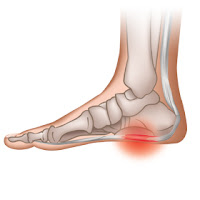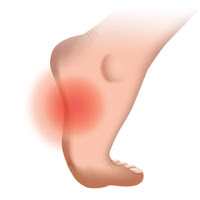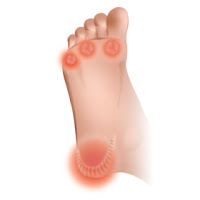Introducing Pink pole balance walking
Your first step in taking in a stand against breast cancer with
every step you take…
Well welcome, welcome and welcome to our informational
webinar on Balance walking…
Balance walking is all about Health, Wellness, Fitness and
most importantly prevention.
The question always comes up, what is balance walking?
Answer: Balance
walking is a form of exercise. It focuses on total body exercise approximately
90% of your muscles are used. It’s great for posture, it’s great for decreasing
pressure on your joints, it’s a great calorie burner and enhances toning, and
focuses on upper body, cardio workout, weight control and more… And by the way,
it is also with the terrific prehab and rehab for breast cancer survivors.
Secondly, balance walking is fun and easy, anyone can do it!
Regardless of your age, regardless of your size whether you are an athlete or
not athlete, it is for everyone. Walking is the most basic life activity, in
fact in United States alone there are about 130 Million walkers and less than
30 Million runners it is the easiest thing you can do, what makes you even more
enjoyable is that it’s also social activity. You can chat, walk, talk and enjoy
not only exercising but chatting with spouses and significant others, friends
and neighbors. It is a great way to talk, walk and exercise!
The big idea is, the balance walking only acquires 15
minutes a day of your time and the time for a world 15 minutes a day to
exercise and by the way 15 minutes balance walking equates to approximately 30
minutes of vigorous physical exercise so its time efficient.
The question always comes up, what is the importance of exercise?
Answer: Well here are3
two challenges:
1: The first challenge - breast surgery frequently resolves
in decrease strength and range of motion of your affected shoulder and arms.
2: Second Challenge - About 25 to 30 % of woman treated for
breast cancer develop lymphedema. Doctors do not fully understand why some
patients are more likely to have problems with lymphedema with in others.
Here is what interesting, extending and working your arms
through balance walking is not only great exercise but also, it improves your
range of motion. Obviously important to individuals get there breast cancer
surgery so we have challenges but here’s a benefit:
the benefit is exercise training is emerging as a complimentary treatment for
breast cancer and other medical challenges.
Recent research suggests that exercise is feasible and can
help manage negative psychological side effects associated with cancer
diagnosis and treatment. It helps build a positive attitude which is so much
important for treatment. So, if you look at balance walking as a three legged
school.
Leg example no. 1
- is the health benefits, health, exercise, wellness, range of motion, pressure
of joints etc.
The first leg is out. The
second is we call community outreach benefits that’s the socialization,
that’s the ability of can turn to walking an exercising focusing on prevention.
It’s also a way of sit and talk about sick but if walk and talk with friends
and neighbors and catch up on days activity and share.
The third leg of the
school is what we call fund raising benefits. This is directly related to
your mission envision. You folks are fighting the battle everyday on a few
noble causes, we have made 5 (five) dollars available for every balance walking
set of poles that are purchased in direct attachment relationship to you and
your organization.
Conclusion
Once again this is a way that, whether is a webinar whether
is webcast whether is newsletter direct mail or email blast eventually its participated
here is the way - you can not only distribute a great exercise platform and
activity but also makes some money for your organization to learn more about
that go to www.balancewalking.com .
So, in conclusion it’s really a wonderful thing to be able to blend a great
innovative fitness product design for health, wellness and exercise that’s easy
and for every one and only takes fifteen minutes a day to and blend that with
enterprise. We at Balanced Walking, a thrill that we have been able to blend,
this very noble very important exercise regimen with full recipe and ways to
help you raise money.
Call any for our team at any time. Where are committed to
you committed to the fighting of the breast cancer and committed to serving.
Call us and visit www.balancewalking.com.
Thank you very much!









